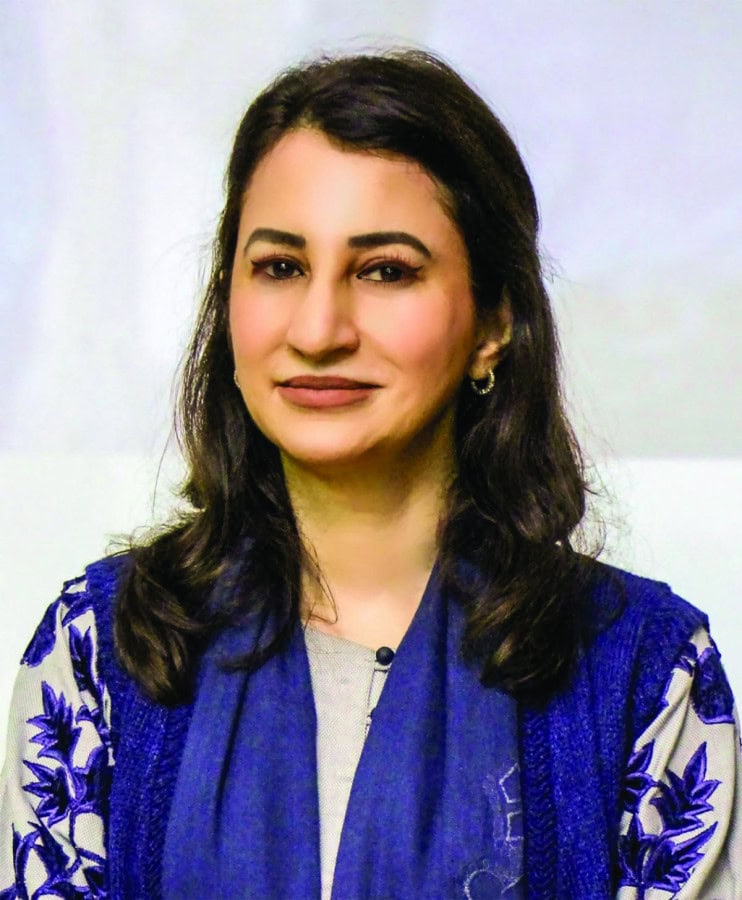Health Infrastructure Improvement in Punjab
1984 was the year when we last built a tertiary care hospital in Lahore. After a gap of 37 years, a new hospital has been proposed on Ferozpur Road in the vicinity of Arfa Tower.
It took us 37 years to realise that Lahore’s public healthcare system is insufficient and overburdened.
Why have we remained oblivious to our citizens’ medical needs and invested so little in health sector over the years? The answer probably lies in the list of priorities of the previous governments.
Building a hospital is a lengthy and exhaustive process; it takes a lot of time and energy, requiring a long term commitment.The politicians think its better to spend the same money elsewhere where it would be easier to attract voters. However, this has changed with the current government.
The current government’s increased focus on the health sector is undoubtedly good news. This years health budget is 370 billion, a 30% increase from last year. 13 billion will be used to buy medicine for poor patients. 6.7 billion will be used for mother and child health and nutrition program. Four new tertiary care hospitals will be built in the province.
A new cardiac hospital will be built in DG Khan to cater to cardiac patients of South Punjab. 650 bedded quaternary facility will be functional at Sir Ganga Ram Hospital by June 2022. 200 beds Paeds burn unit will be established at Children’s Hospital.15 new trauma centres will be established, and 26 existing centres will be operationalised.
Government is building 7 new maternal and child health care centres in Lahore, Attock, Mianwali, Rajanpur, Bahawalnagar, Layyah and Multan. A new surgical tower will be constructed in Sialkot.
Novel Corona Virus has changed the world. It has laid bare the vulnerabilities of health systems around the world. Given the precarious state of our health infrastructure, we have fared much better than many other countries in the region.
Though there were considerable lapses in initial management, and less than a keen interest in procurement of the vaccines, building up mega covid hospitals, hiring new health staff and later aggressive approach towards vaccination has helped us fight this pandemic in Punjab.
However this is an ongoing campaign and would need long term commitment of the government and health officials. The last time we had to go through a similar situation in Punjab was during the dengue epidemic; however the magnitude of the problem was much less grave.
Management of Covid in Punjab has taught some lessons. Firstly, even though the public health sector is over burdened it still has the capacity to ward off major crisis. Secondly, private sector again failed to play the ethical and responsible role in these unprecedented times. And lastly the synergy between public and private sector is missing at various levels.
The provincial government must use this opportunity to modernise health facilities and improve overall health indicators.
A mere glance at health budgets of successive provincial governments will show us that health has never remained a priority of the previous governments.
Some of the steps of the current government are very positive such as enhancing health budget, providing universal health coverage, building new general hospitals, setting up trauma centres and robust hiring of staff. These are the signs that things are changing and moving in the right direction. It is very important that this momentum is not lost.
A vital health indicator which has remained neglected over the years is universal health coverage. Universal health coverage has become a basic need of all citizens.
It ensures that the citizens have access to a certain degree of quality medical care without facing financial hardship. This coverage allows and ensures optimal usage of private hospitals.
This is the first provincial government which has showed serious interest in ensuring universal health coverage. 80 billion has been earmarked this financial year for funding universal health coverage. The program has been named as Sehat Sahulat Program.
Having already started it in Sahiwal and DG Khan, Government of Punjab is working on expansion of SSP to 100% population of Punjab by December 2021.
The coverage provided to each family unit through SSP is to the tune of 0.72 million per year with a provision of additional 0.3 million in special circumstances. If successful this would lead to opening up of new private facilities throughout the province to cater the insured population.
We have to be very cautious during this time period as the government would have to lay down strict criteria for opening up of empaneled hospitals along with empowering Health Care Commission.
Since its establishment in 2010 the commission has failed to bring about reforms in the way hospitals are operated. If the SSP is to succeed the commission would have to gear up and play an active role.
A very important step this current government took was laying out Punjab Health Sector Strategy 2019-2028 in tandem with Sustainable Developments Goals.
This is a comprehensive document, though very ambitious it is forward looking and impressive.
It has provided the roadmap for 10 years. We hope that the current government remains on track when it comes to improving health sector and increasing health spending every successive year.










